7 Chipsets Similar to MediaTek Dimensity 7360
When I first heard that MediaTek had released the Dimensity 7360, I thought it was the successor to the Dimensity 7350. The Dimensity 7350 is already strong for its price, so I assumed the Dimensity 7360 would be more powerful.
But I was wrong. The Dimensity 7360 is not stronger than the 7350. It is not the direct successor, but rather a refreshed version of the Dimensity 7300. It is called a refresh because the specifications are very similar to the 7300, but with some software improvements.
Let’s look at the technical details first. The Dimensity 7360 is made with a 4 nm process. It has eight cores, four Cortex-A78 cores at 2.5 GHz for performance and four Cortex-A55 cores at 2.0 GHz for efficiency. For graphics, it uses the ARM Mali-G615 MP6 GPU, said to give 20% higher frame rates and use 20% less power.
In terms of memory, the Dimensity 7360 supports LPDDR5 RAM and UFS 3.1 storage. It also has a new 12-bit HDR Imagiq 950 ISP that can record two videos at the same time. It supports cameras up to 200 MP and 4K HDR recording at 30 fps.
The display quality goes up to WFHD+ (2520×1080 pixels) with a refresh rate of 120 Hz. There is also a MediaTek APU 655 AI Accelerator to improve AI tasks, visual processing, and overall performance.
The main difference between the Dimensity 7360 and the 7300 lies in the software. MediaTek has added optimization to make this chip more efficient. For gaming, there is Adaptive Gaming Technology 3.0. This helps keep frame rates stable, balances graphics with performance, and reduces battery use while playing.
For imaging, the Imagiq 950 ISP has a new mode that improves HDR video, reduces noise more effectively, and makes live focus smoother. For display, MiraVision 955 improves rendering for WFHD+ panels and supports 10-bit color accuracy.
Overall, the performance of the Dimensity 7360 is not far from the Dimensity 7300. Its AnTuTu score is around 700,000, based on the vivo V60 Lite 5G that uses this chip.
So, which chipsets are close in performance to the Dimensity 7360? Here are 7 alternatives that can be considered similar.
1. Snapdragon 782G
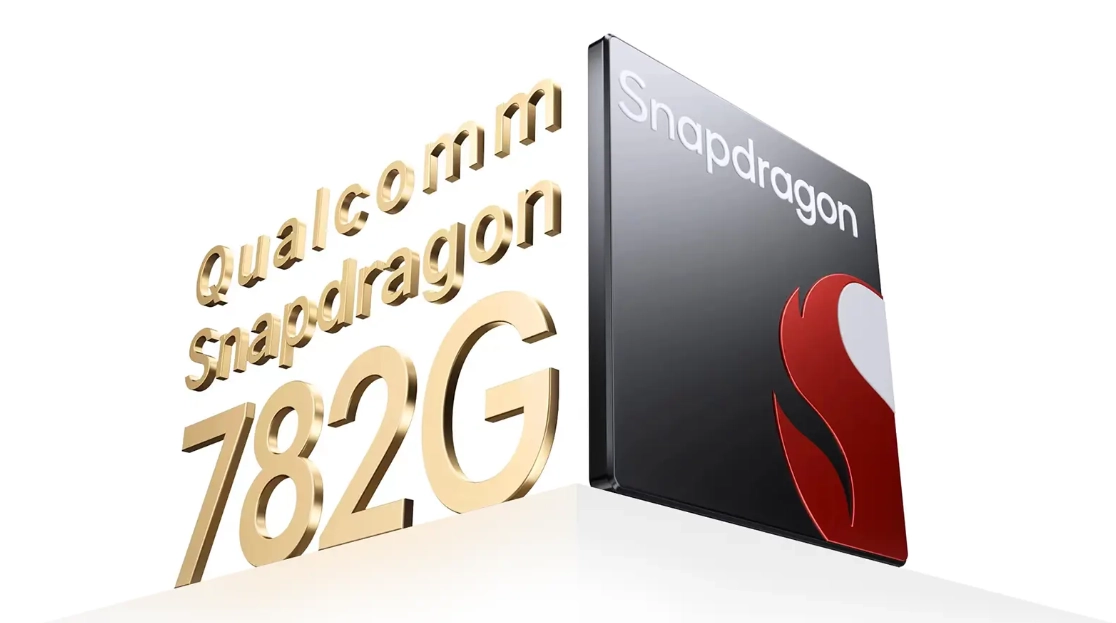
Snapdragon 782G was released in November 2022 as the successor to the Snapdragon 778G and 778G Plus (from October 2021). This Qualcomm chipset is built on the ARMv8.4-A architecture, made with a 6 nm process, and has an eight-core CPU.
The CPU setup includes one 2.7 GHz Kryo 670 Prime (Cortex-A78), three 2.2 GHz Kryo 670 Gold (Cortex-A78), and four 1.9 GHz Kryo 670 Silver (Cortex-A55). The main Prime core runs faster than the one in the Snapdragon 778G Plus, which tops at 2.5 GHz.
For graphics, it still uses the Adreno 642L GPU. Even though it is the same GPU, Qualcomm claims performance is 10% higher. It supports 3200 MHz LPDDR5 RAM and UFS 2.2, 3.0, or 3.1 storage.
Other features include a Fused AI Accelerator and a Qualcomm Spectra 14-bit ISP. The chip also supports cameras up to 200 MP and 4K video recording at 30 fps.
There are not many phones using the Snapdragon 782G, but some examples are the Honor 80 and iQOO Z7 5G. According to Nanoreview, the Snapdragon 782G itself can reach around 680,000 in AnTuTu v10. In Geekbench 6, it scores about 1119 in single-core and 2820 in multi-core.
2. Exynos 1480

One mid-range chipset that can be compared with the Dimensity 7360 is the Exynos 1480. In terms of performance, both are quite close, although some tests show the Exynos 1480 is a little stronger.
This shows that in some cases the Dimensity 7360 doesn't always perform better than Exynos chips, for example the Exynos 2200. Still, differences in benchmark scores don't always reflect real daily use.
The Exynos 1480 is made with a 4 nm process and has eight CPU cores, four Cortex-A78 cores running at 2.75 GHz for demanding tasks and four Cortex-A55 cores at 2.0 GHz for efficiency. Graphics are powered by the Xclipse 530 GPU with a 1,300 MHz clock speed.
This chip is also the first mid-range Exynos to use an AMD RDNA GPU. It supports UFS 3.1 storage and LPDDR5 RAM up to 3200 MHz.
In benchmarks, the Galaxy A55 5G with Exynos 1480 scores about 734,625 on AnTuTu. On Geekbench 6, it reaches 1,168 for single-core and 3,503 for multi-core. Another device, the Galaxy M56 5G, scores around 713,000 on AnTuTu v10.
3. Dimensity 7400
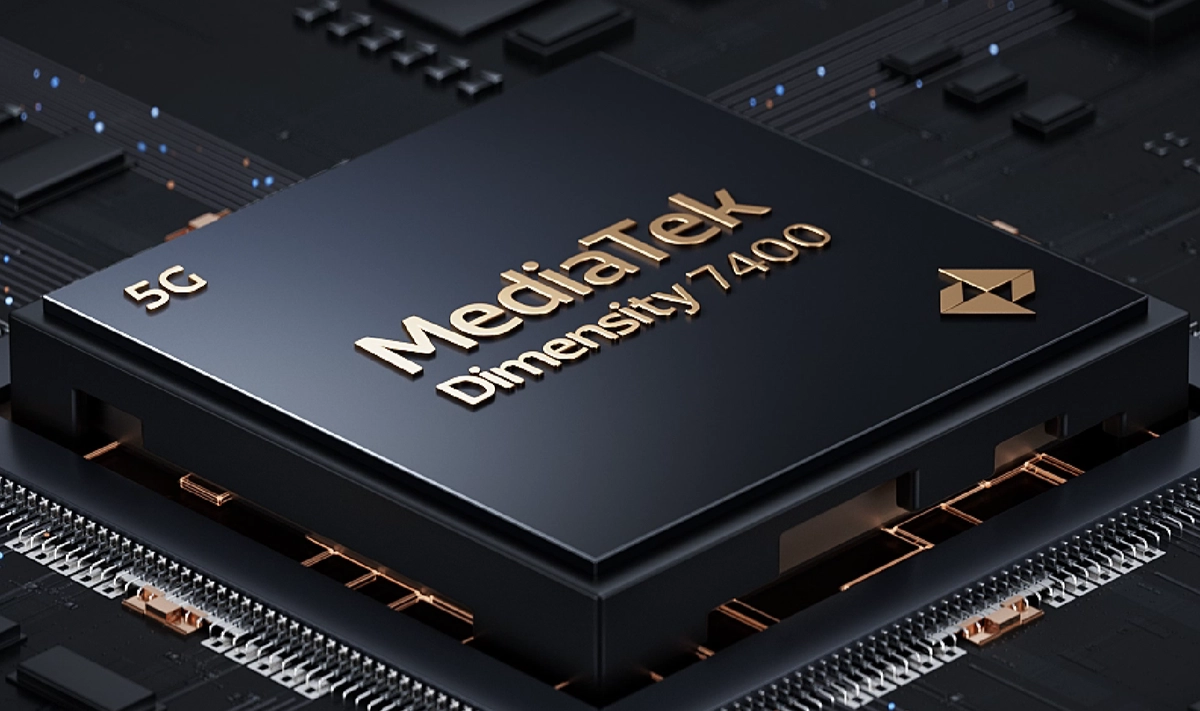
Dimensity 7400 is another mid-range chipset focused on efficiency and stable daily performance. Like the Dimensity 7360, it is built using TSMC’s 4 nm process.
The specifications are quite similar. Both chips are 4 nm SoCs with eight cores (4×Cortex-A78 + 4×Cortex-A55). The difference is that the Dimensity 7400 runs its performance cores slightly faster at 2.6 GHz.
The GPU also shows a small change. Both use the Mali-G615 MP2, but the Dimensity 7400 has a higher clock speed. This makes gaming on mid-range phones smoother, especially on balanced graphics settings.
Because of these small differences, the Dimensity 7400 performs a bit better than the 7360 in benchmarks, but in real use the experience feels almost the same.
Phones that use the Dimensity 7400 include the Motorola Edge 60 Fusion, iQOO Z10R, and Redmi Note 15 Pro 5G. Their AnTuTu v10 scores are around 690,000 for the Motorola Edge 60 Fusion, 750,000 for the iQOO Z10R, and 770,000 for the Redmi Note 15 Pro 5G.
4. Snapdragon 7 Gen 1
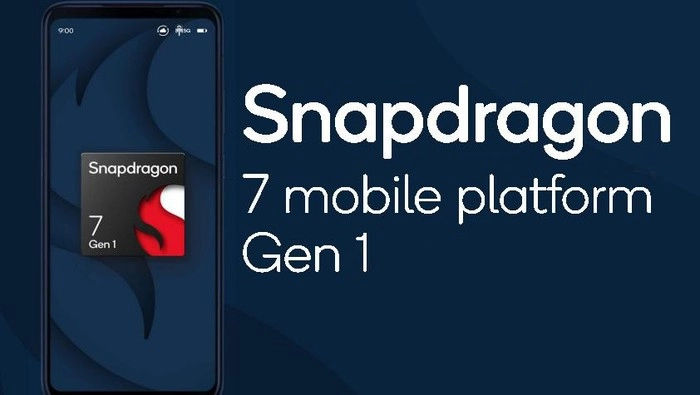
Snapdragon 7 Gen 1 is made for upper mid-range phones. It focuses on efficiency while still bringing features that feel close to a flagship. This chip was announced in May 2022 and is built with a 4 nm process by Samsung Semiconductor.
It has an 8-core CPU based on ARMv9. The setup includes one Cortex-A710 core up to 2.4 GHz, three Cortex-A710 cores at 2.36 GHz, and four Cortex-A510 cores at 1.8 GHz for efficiency. Graphics are powered by the Adreno 644 GPU, an upgrade from the older generation.
The Snapdragon 7 Gen 1 supports 3200 MHz LPDDR5 RAM and UFS 3.1 storage. It also comes with a Snapdragon X62 5G modem and Wi-Fi 6E through FastConnect 6700.
Many phones use this chip, such as the Xiaomi 13 Lite, Samsung Galaxy M55s, Honor 90, nubia Flip, and Motorola Razr 40. Its performance is on the same level as the Dimensity 7360. On AnTuTu v10, this chip scores between 650,000 and 700,000.
5. Kirin 990

Another chipset with performance close to the Dimensity 7360 is the Kirin 990. This was a flagship chip when it came out in 2019. At that time, it showed Huawei’s strong progress in chip development, before US sanctions slowed down its growth.
The Kirin 990 comes in two versions. The first is the Kirin 990 5G, built on a 7 nm plus EUV process with an integrated 5G modem and higher CPU speeds. The second is the Kirin 990 4G, built on a 7 nm process without integrated 5G.
Its CPU uses Cortex-A76 cores for performance and Cortex-A55 cores for efficiency, paired with a Mali-G76 MP16 GPU. For AI tasks, it relies on the Da Vinci processing unit.
The Kirin 990 is found in many phones, including the Huawei P40, P40 Pro, P40 Pro Plus, Mate 30, Mate 30 Pro (both 4G and 5G), and Mate Xs. It also appeared in several Honor models such as the Honor 30, 30 Pro, V30 Pro, and Nova 6 5G.
This wide use shows how important the chip was in the early days of 5G. However, US restrictions limited its future.
In terms of benchmark scores, the Kirin 990 5G reaches about 714,000 points on AnTuTu. On Geekbench 6, it usually scores around 960 in single-core and 3,100 in multi-core. Based on these numbers, the Dimensity 7360 is not far behind the Kirin 990.
6. Dimensity 7200
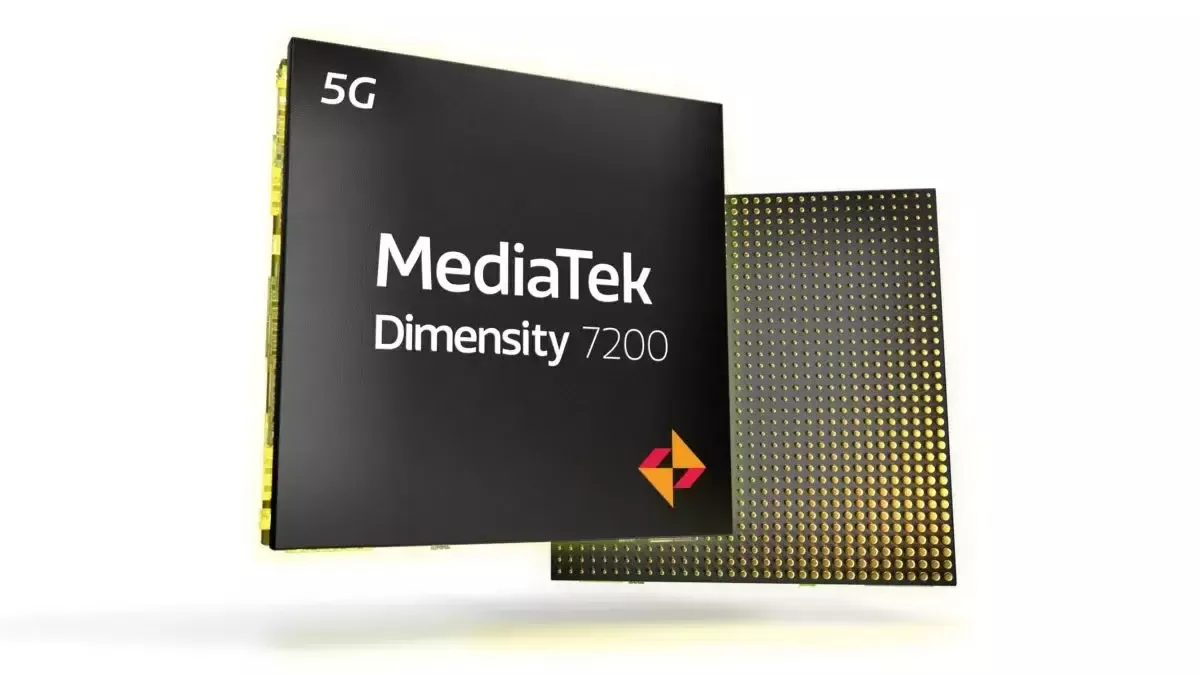
Dimensity 7200 is the predecessor of the Dimensity 7300. Its performance is close to both the Dimensity 7300 and the Dimensity 7360.
This chip is built with TSMC’s 4 nm process. It has eight CPU cores, two Cortex-A715 cores running up to 2.8 GHz and six Cortex-A510 cores. For graphics, it uses the Mali-G610 MC4 GPU. Other features include HyperEngine 5.0 for gaming, an Imagiq 765 ISP with support for cameras up to 200 MP, and display support up to 144 Hz FHD+.
The Dimensity 7200 can be found in phones like the vivo V27, iQOO Z7 Pro 5G, and vivo T2 Pro 5G. In synthetic benchmarks, it usually scores around 700,000 points on AnTuTu. On Geekbench 6, the results are about 1,180 in single-core and 2,600 in multi-core.
When compared with the Dimensity 7360, the performance is quite similar. The Dimensity 7200 often does better in single-core speed and efficiency because of its Cortex-A715 cores and power-friendly design. On the other hand, the Dimensity 7360 can match or slightly pass it in overall scores depending on the phone’s graphics optimization.
7. Dimensity 8020
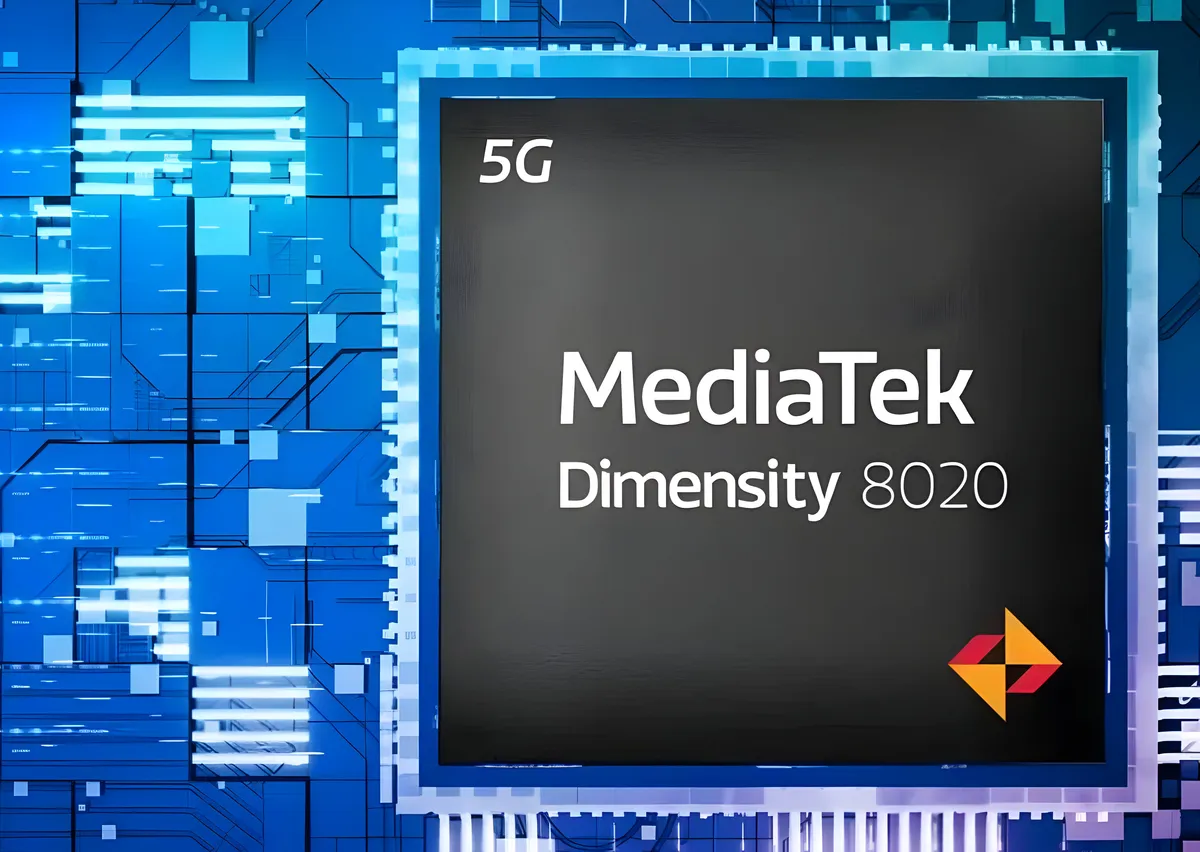
Dimensity 1100 was first introduced as a mid-to-high-end chip that focused on stable performance and efficiency.
It has four Cortex-A78 cores up to 2.6 GHz for performance, four Cortex-A55 cores at 2.0 GHz for efficiency, and a Mali-G77 MC9 GPU. This chip powered several popular phones such as the POCO X3 GT and the Redmi Note 10 Pro 5G for the Chinese market.
Later, the Dimensity 1100 was rebranded as the Dimensity 8020. Because of this, the Dimensity 8020 carries almost the same specifications. Phones that use it include the Motorola Edge 40 and the Infinix Zero 30 5G.
In benchmarks, the Dimensity 8020 shows stronger performance compared to the Dimensity 7360. On AnTuTu v10, devices using the Dimensity 8020 or Dimensity 1100 usually score around 740,000 points.
These are the chipsets that have performance and specifications close to the MediaTek Dimensity 7360. All of them can provide a smooth experience for everyday use and gaming. Because their performance is not very different, choosing a phone will often depend more on other features or brand preferences rather than chipset performance alone.
